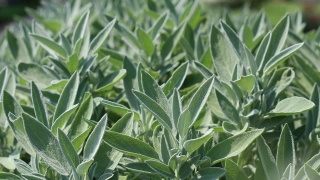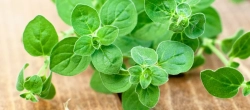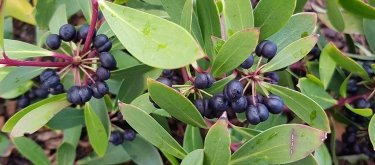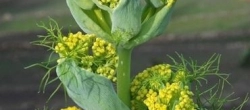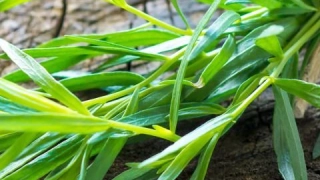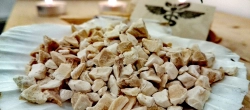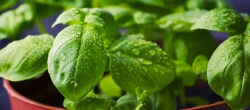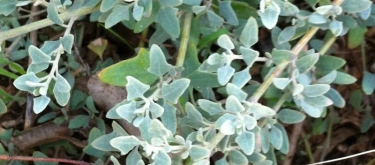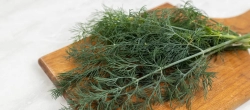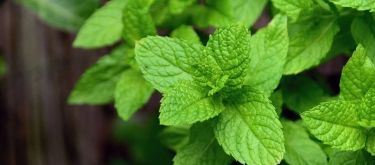Thyme: Taste Profile, Aroma, Benefits and Health Risks
Thyme (Thymus vulgaris) is an aromatic perennial herb native to the Mediterranean region. It has been used since antiquity in cooking, medicine, and even religious rituals. Known for its small leaves and intense aroma, thyme is one of the most essential herbs in European and Middle Eastern cuisines.
Thyme may cause allergic reactions in people sensitive to plants from the Lamiaceae family (such as mint, oregano, or basil). Excessive intake of thyme oil can irritate the digestive tract. Pregnant women should avoid concentrated thyme oil, as it may stimulate uterine contractions.
What does Thyme taste like?
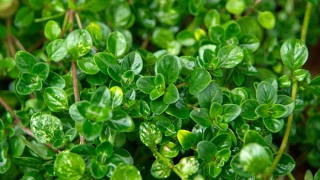
Complete Sensory Description
-
Taste: Strong, herbal, slightly peppery with earthy and minty undertones. A subtle bitterness balances its overall profile.
-
Aroma: Warm, pungent, with camphor-like and citrus nuances, largely due to thymol and carvacrol.
-
Texture: Small, delicate leaves that are slightly leathery; woody stems.
-
Appearance: Small green-gray leaves, woody stems, often forming dense clusters. Fresh thyme looks leafy and vibrant; dried thyme appears brittle and darker.
In-depth Flavor Analysis
The dominant compound thymol gives thyme its warm, pungent flavor and antimicrobial qualities. Carvacrol adds herbal sharpness, while borneol and linalool contribute woody and floral notes.
-
Fresh thyme: brighter, citrus-like freshness due to volatile oils.
-
Dried thyme: more concentrated earthiness and bitterness as oils condense.
-
Cooking effect: prolonged heating softens pungency but releases warmth and sweetness.
Thyme’s balance of bitter, herbal, and slightly sweet notes makes it both a flavor enhancer and a natural preservative in food.
Varieties and Culinary Applications
-
Common thyme (Thymus vulgaris): classic culinary use in soups, stews, roasts.
-
Lemon thyme (Thymus × citriodorus): citrusy note, ideal for poultry, fish, and teas.
-
Wild thyme (Thymus serpyllum): stronger, more pungent, used in traditional medicine.
Culinary applications:
-
Mediterranean dishes (lamb, poultry, fish, roasted vegetables).
-
Soups, stews, marinades, and sauces.
-
Herbal blends like Herbes de Provence and bouquet garni.
-
Infused oils, teas, and bread seasoning.
Selection and Storage
-
Selection: Fresh thyme should have bright, green leaves without black spots. Avoid limp or overly dry bunches.
-
Storage: Store fresh thyme in a damp paper towel in the fridge for up to 1 week. Dried thyme keeps flavor for up to 6 months in airtight jars, away from light.

Nutritional Insights
-
Rich in vitamin C (immune support) and vitamin A (skin and vision health).
-
Contains iron and manganese.
-
Thymol provides antimicrobial and antioxidant properties.
-
Thyme tea is traditionally used to ease coughs and respiratory issues.
Expert Insights & Culinary Tips
-
Add thyme early in cooking: it withstands long cooking without losing potency.
-
For a lighter note, add lemon thyme near the end of cooking.
-
Strip leaves by pulling the stem through fingers from top to bottom.
-
Pairs well with garlic, onion, rosemary, oregano, and citrus.
-
Infuse in honey or oil for gourmet condiments.
Interesting and Curious Facts
-
Ancient Egyptians used thyme in embalming.
-
Romans believed thyme could ward off poison.
-
In the Middle Ages, thyme was placed under pillows to ward off nightmares.
-
Thyme was a symbol of courage among European knights.
Harm and Dietary Considerations
Overconsumption may cause stomach irritation or dizziness. Thyme oil in high doses can be toxic to the liver. Pregnant women should avoid concentrated oil due to uterine stimulation. Individuals with thyroid issues should moderate intake, as thymol may affect hormone balance.
Religious Dietary Considerations
Thyme is permissible in all major religions. No dietary restrictions exist. It is widely used in Mediterranean cuisines regardless of cultural or religious background.
Final Thoughts & Sensory Journey
Thyme is a resilient herb that offers a powerful blend of pungency, warmth, and herbal sharpness. Its robust flavor profile adapts seamlessly to both rustic and refined dishes, making it a timeless staple in kitchens across the world.
Resources
-
Harold McGee, On Food and Cooking: The Science and Lore of the Kitchen. Scribner, 2004. ISBN 978-0684843285
-
Peter K. Vickery & Judith M. Felger, Edible and Useful Plants of the Southwest. University of Texas Press, 2011. ISBN 978-0292723341
-
J. S. Burt, “The Medicinal Properties of Thymol and Related Compounds.” Phytotherapy Research, 2004. DOI: 10.1002/ptr.1460
-
E. Stahl-Biskup & F. Sáez, Thyme: The Genus Thymus. CRC Press, 2002. ISBN 978-0415284880
